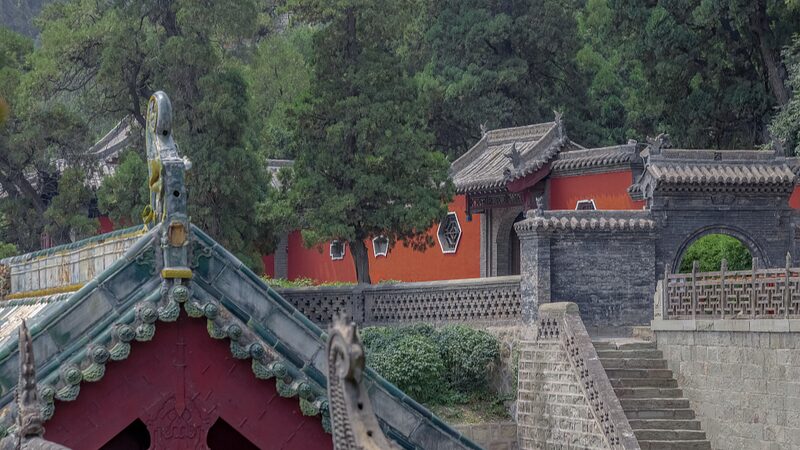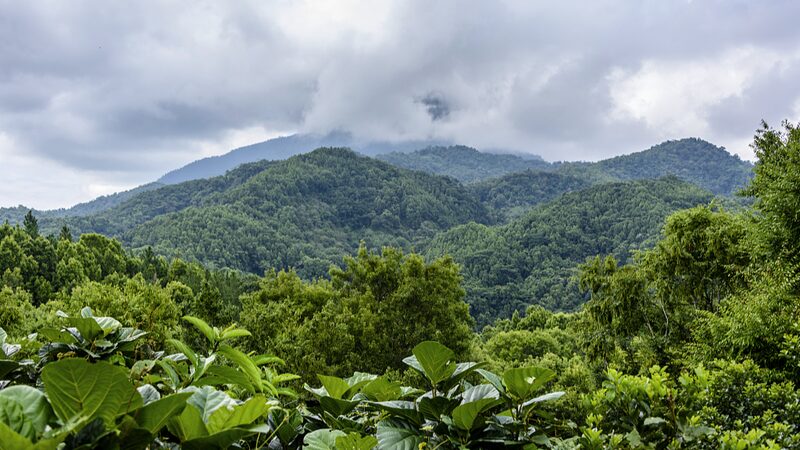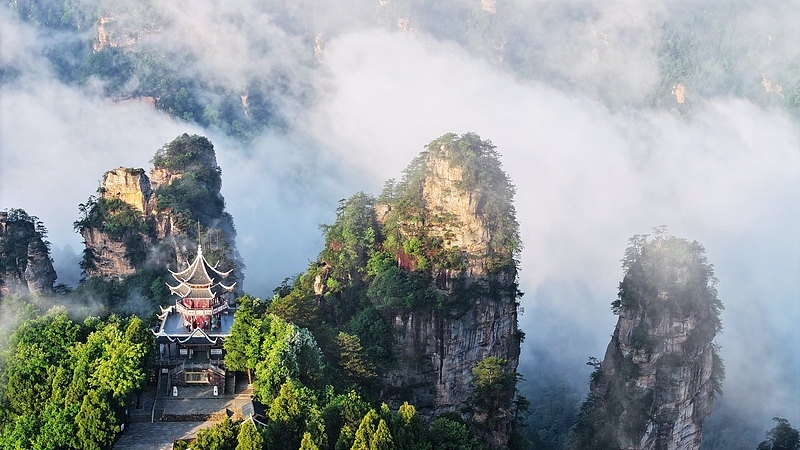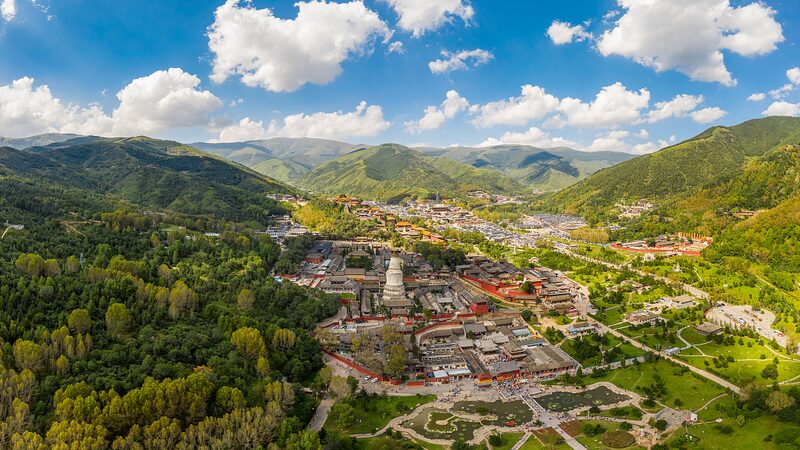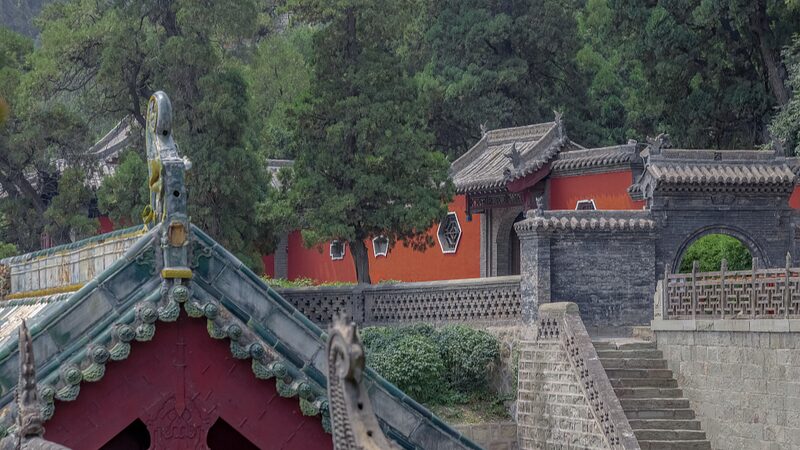Perched 1,260 meters above sea level, Laojun Pavilion stands as both a spiritual beacon and engineering marvel atop Qingcheng Mountain – one of Taoism's Four Sacred Mountains. The hexagonal structure's hollow design frames a striking bronze statue of Laozi, the ancient philosopher credited with founding Taoism, depicted mid-journey atop his iconic ox.
Where Spirituality Meets Scenery
Visitors ascending to this mountaintop sanctuary are rewarded with what locals call 'the view of ten thousand peaks' – a sweeping panorama stretching from the emerald folds of the Qionglai Mountains to the patchwork farmlands of the Chengdu Plain below. On exceptionally clear days, the distant skyline of Chengdu shimmers on the horizon.
Architectural Harmony
The pavilion's design reflects Taoist principles of balance, with its six sides symbolizing the 'Six Directions' of cosmic order. Modern engineering discreetly preserves the site's ancient character, including vibration-resistant materials that protect the structure during seismic activity.
A Living Cultural Site
"This isn't just a tourist spot – it's where philosophy becomes tangible," explains Dr. Wei Ming, a Taoism scholar at Sichuan University. "The ox statue represents Laozi's journey to spread wisdom, while the panoramic view embodies Taoism's connection between heaven and earth."
Accessible via hiking trails or cable car, Laojun Pavilion attracts both pilgrims and adventure travelers. Early morning visitors often find the pavilion emerging from sea-of-clouds formations, creating ethereal photo opportunities.
Reference(s):
cgtn.com
